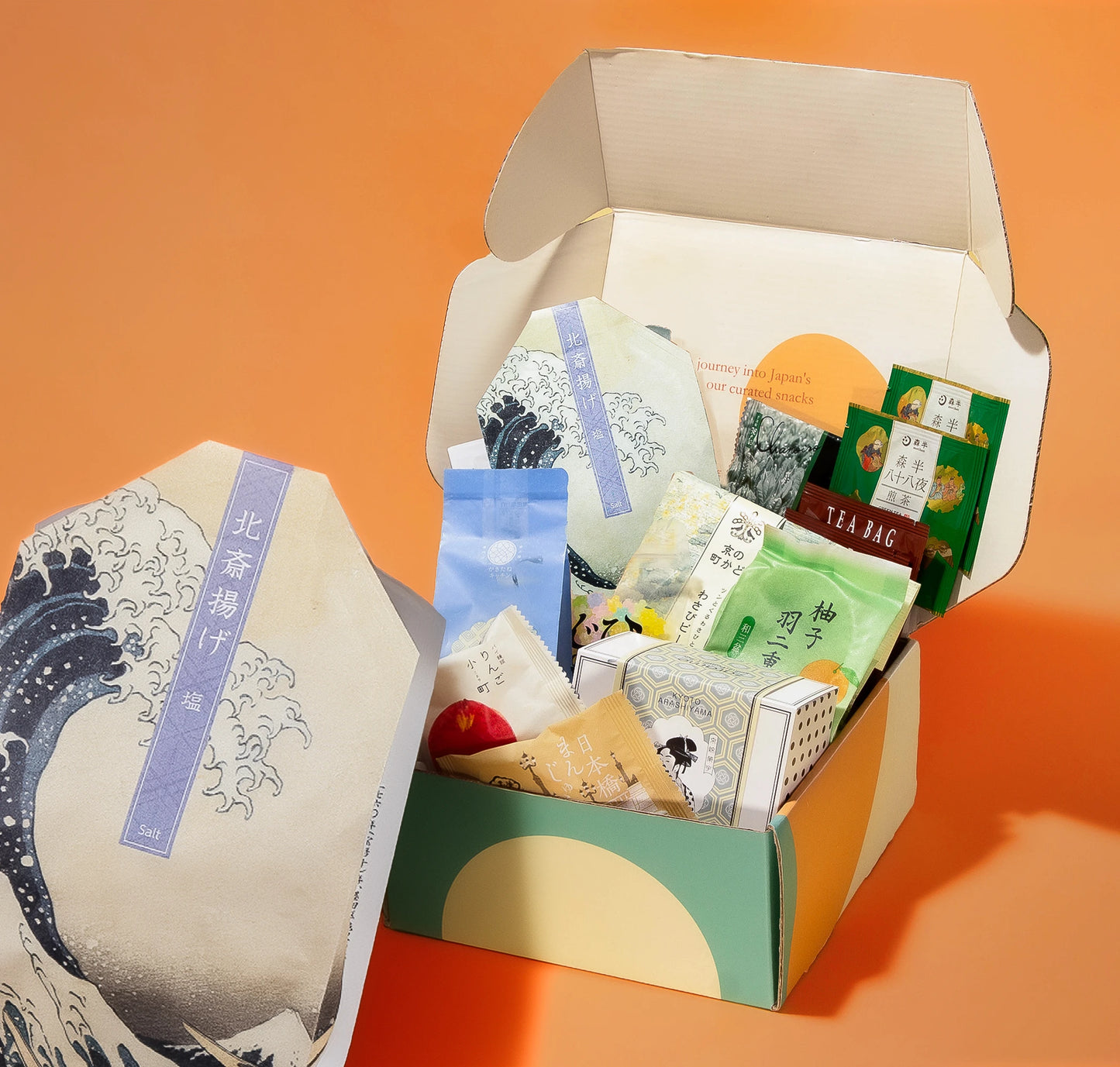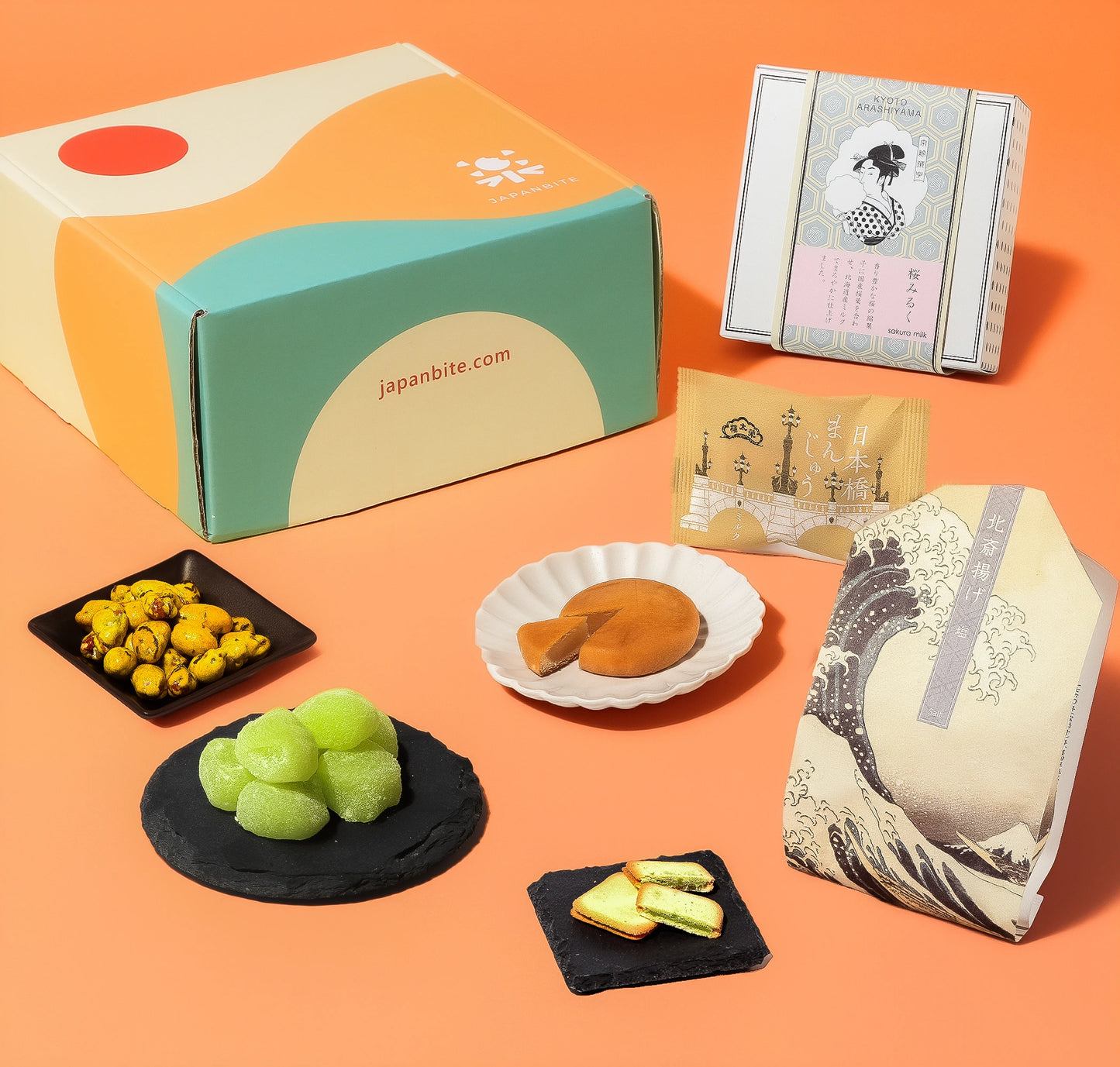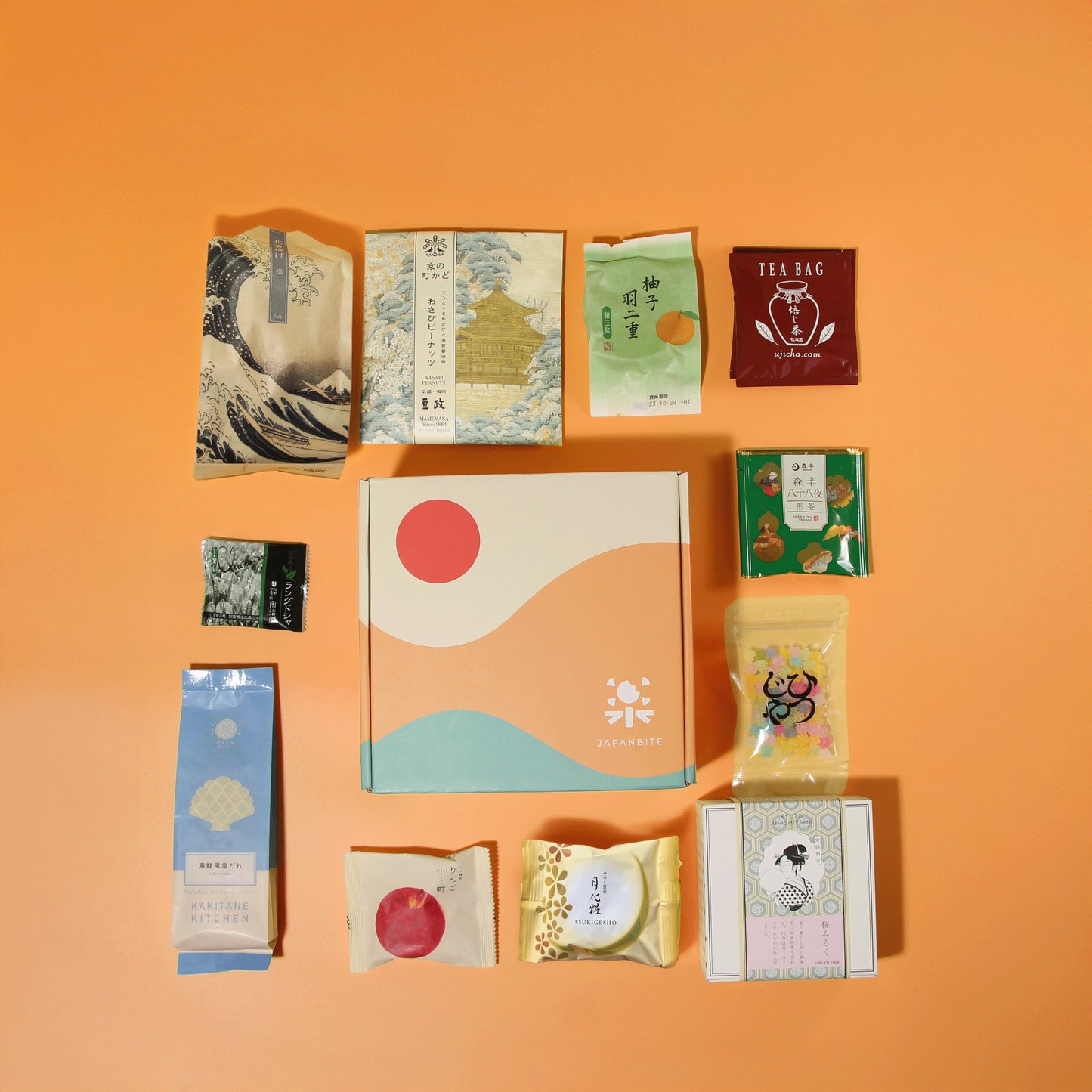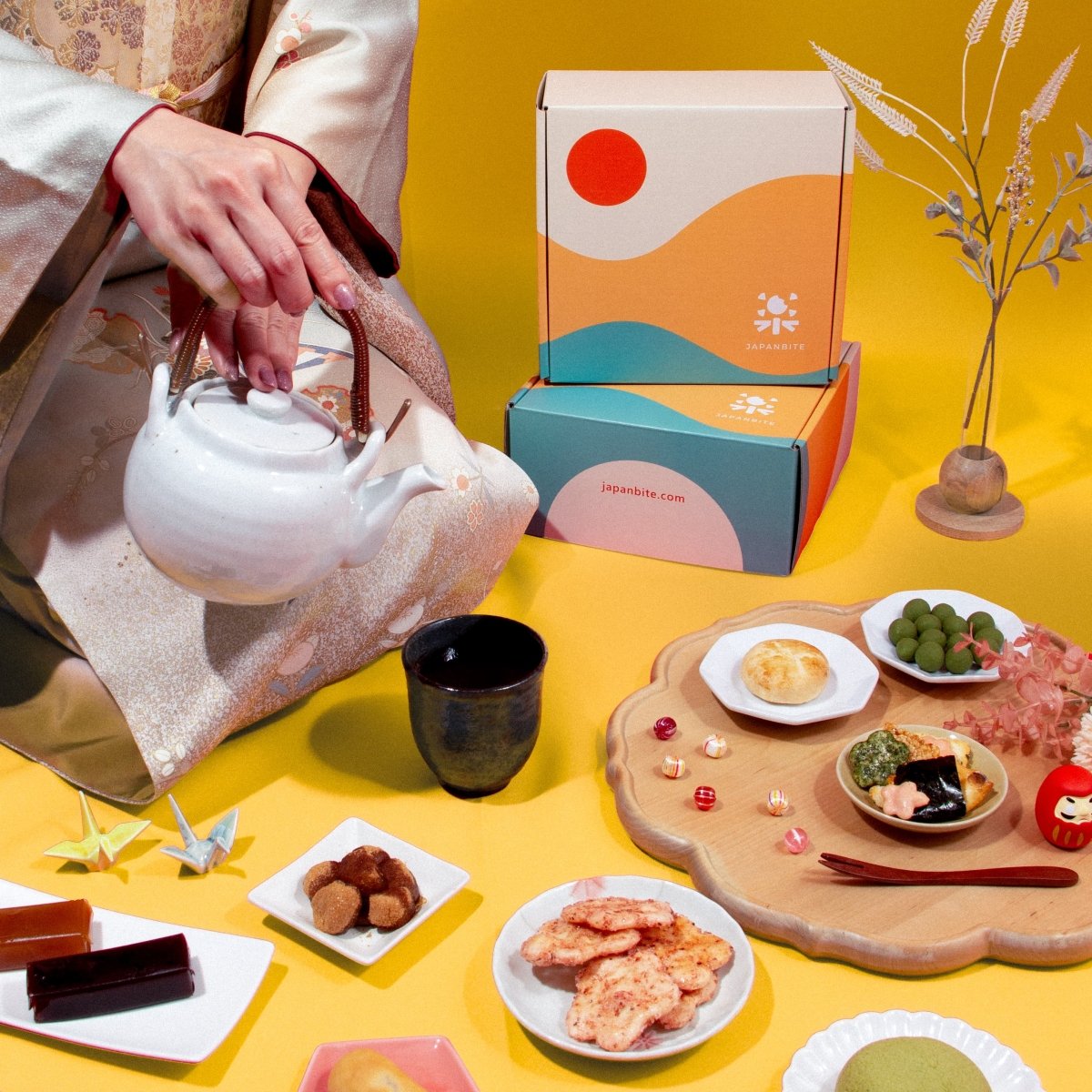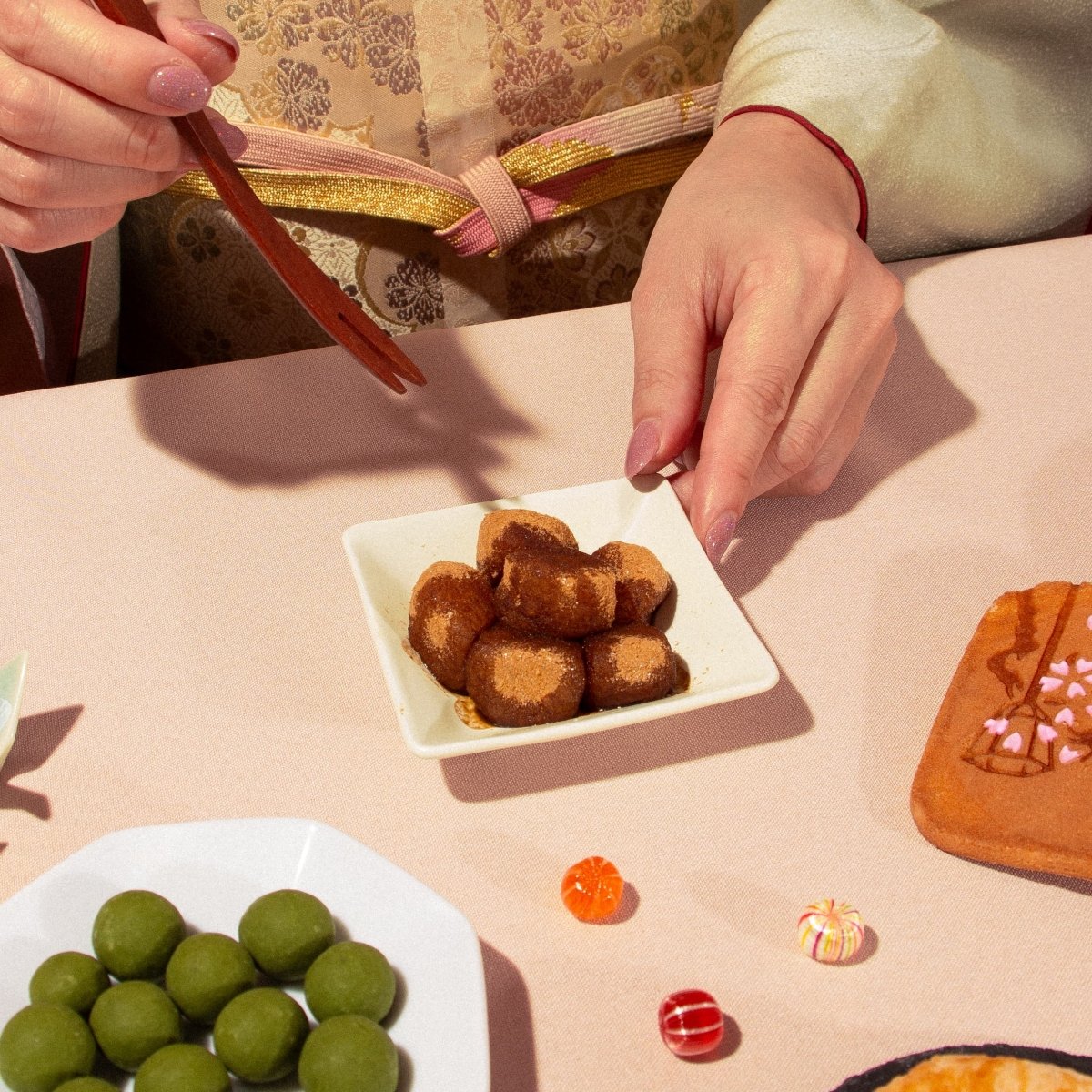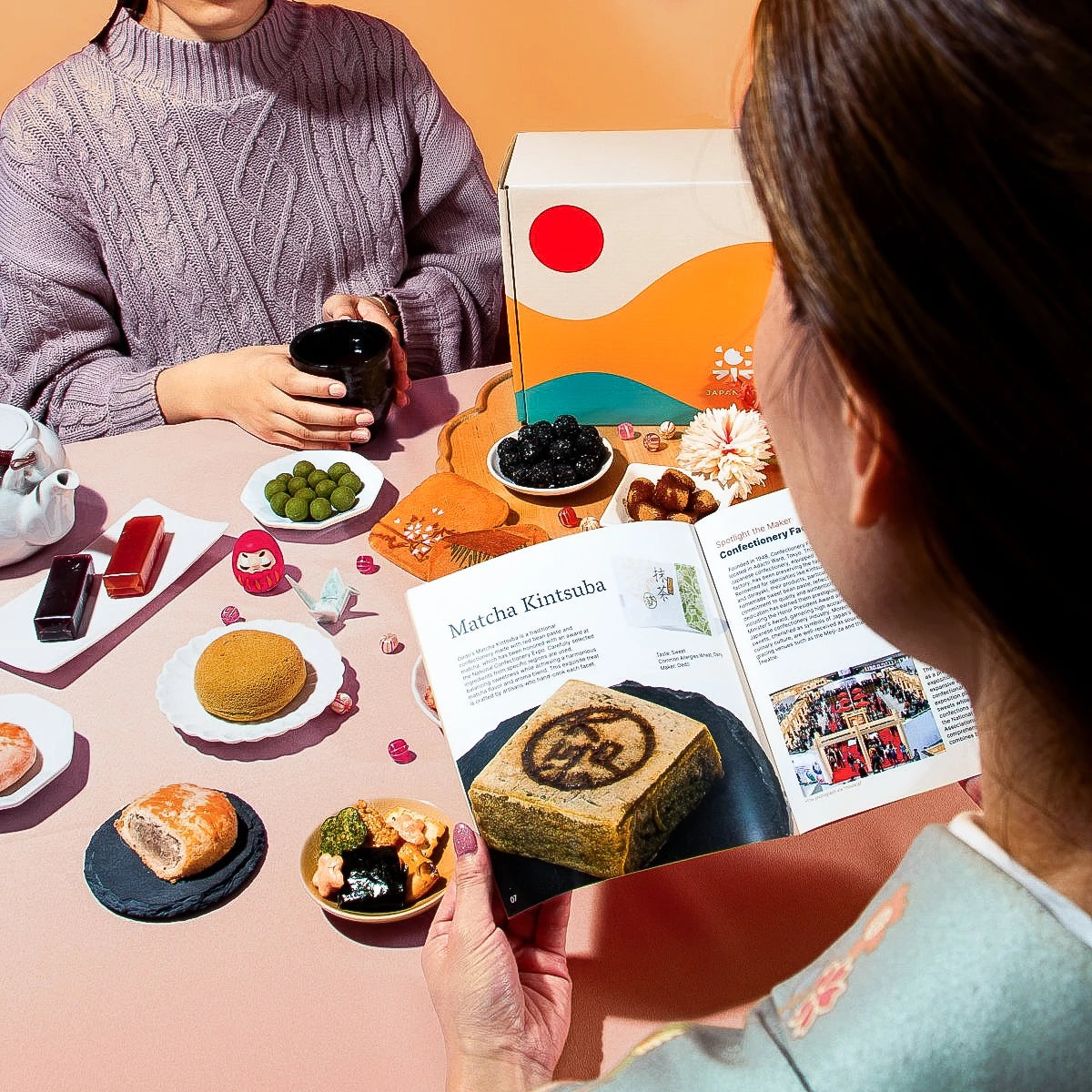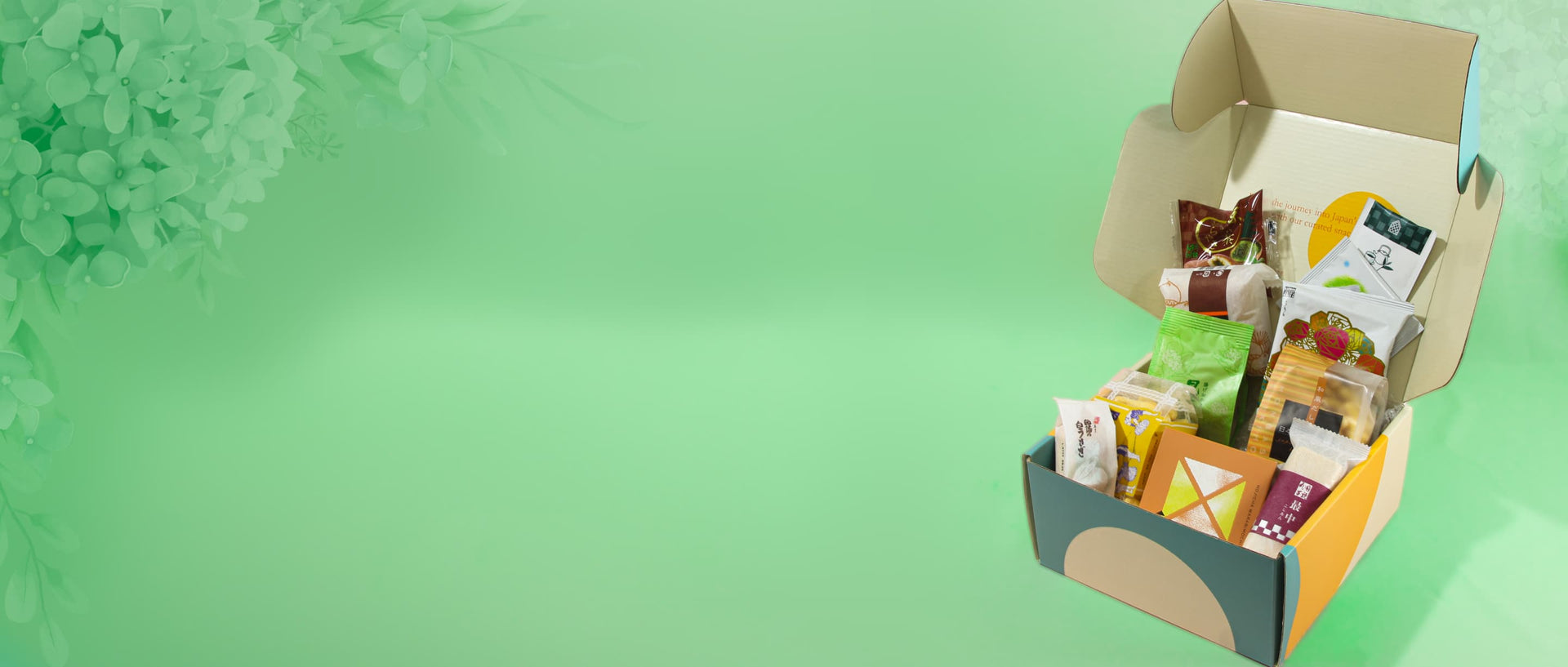
VOL.13
June 2024
Summer rain
As June arrives, the rainy season descends upon Japan, with gentle showers persisting throughout various regions. This period becomes particularly special for enjoying traditional Japanese sweets.
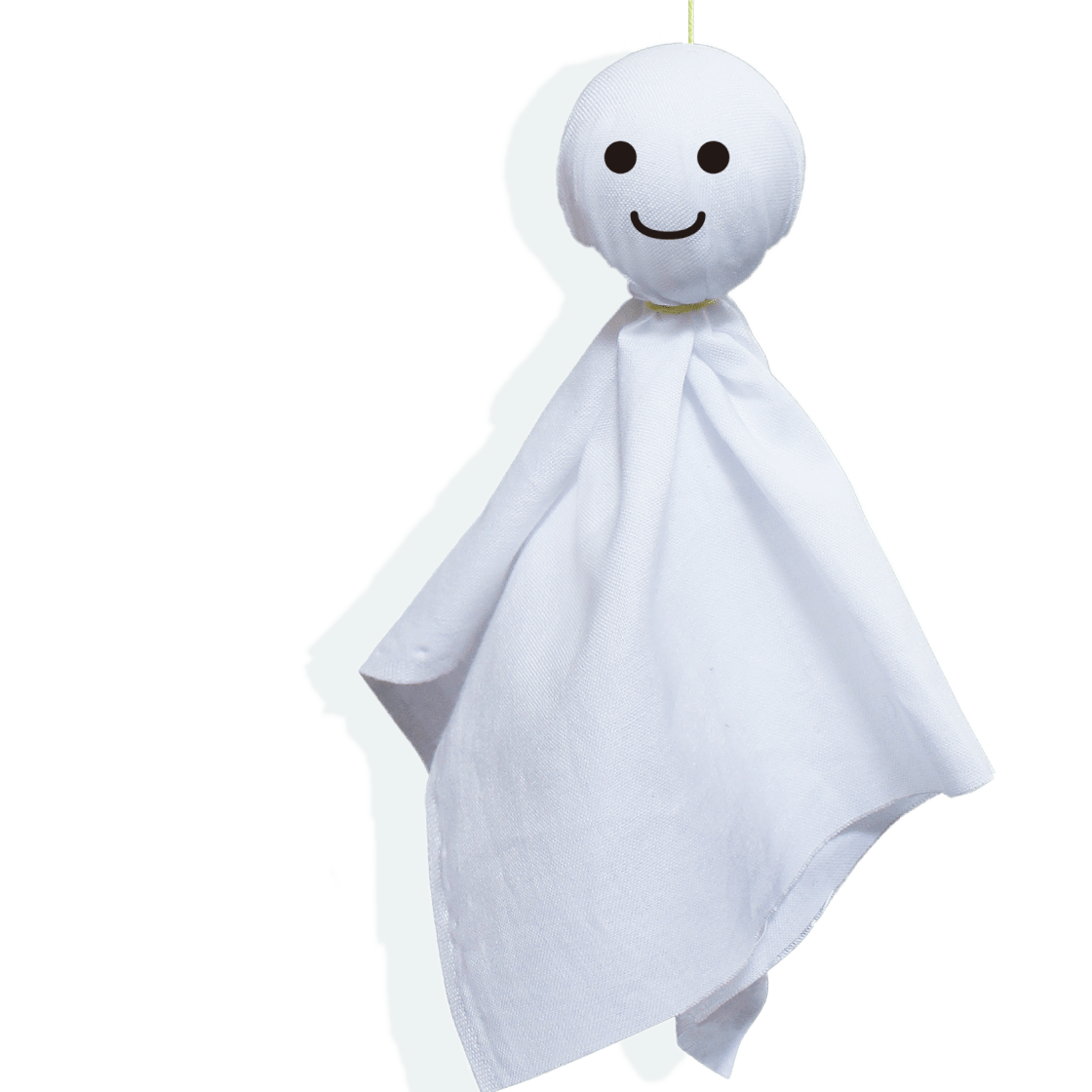
Since it rained a lot in the past, dolls called teru teru bozu have been made in Japan to wish for rain. This is one of the traditional and popular Japanese spells, and is still popular among children today because of its simple method and materials. The materials needed are white cloth a nd rubber bands, and the dolls are usually made the day before the day on which you do not want it to rain, to make a wish. To make it, first spread out a white cloth and place a rolled-up piece of paper or cotton in the center of it. Next, wrap the clothes and secure the paper or cotton part as a head with a rubber band. This completes the face. To draw the face, draw the eyes and mouth with a marker. Hang the completed teru teru bozu by the window or eaves. It is said that it is good to sing "Teru teru bozu, teru bozu, make tomorrow a fine day" with a wish, especially if you want the next day to be fine.
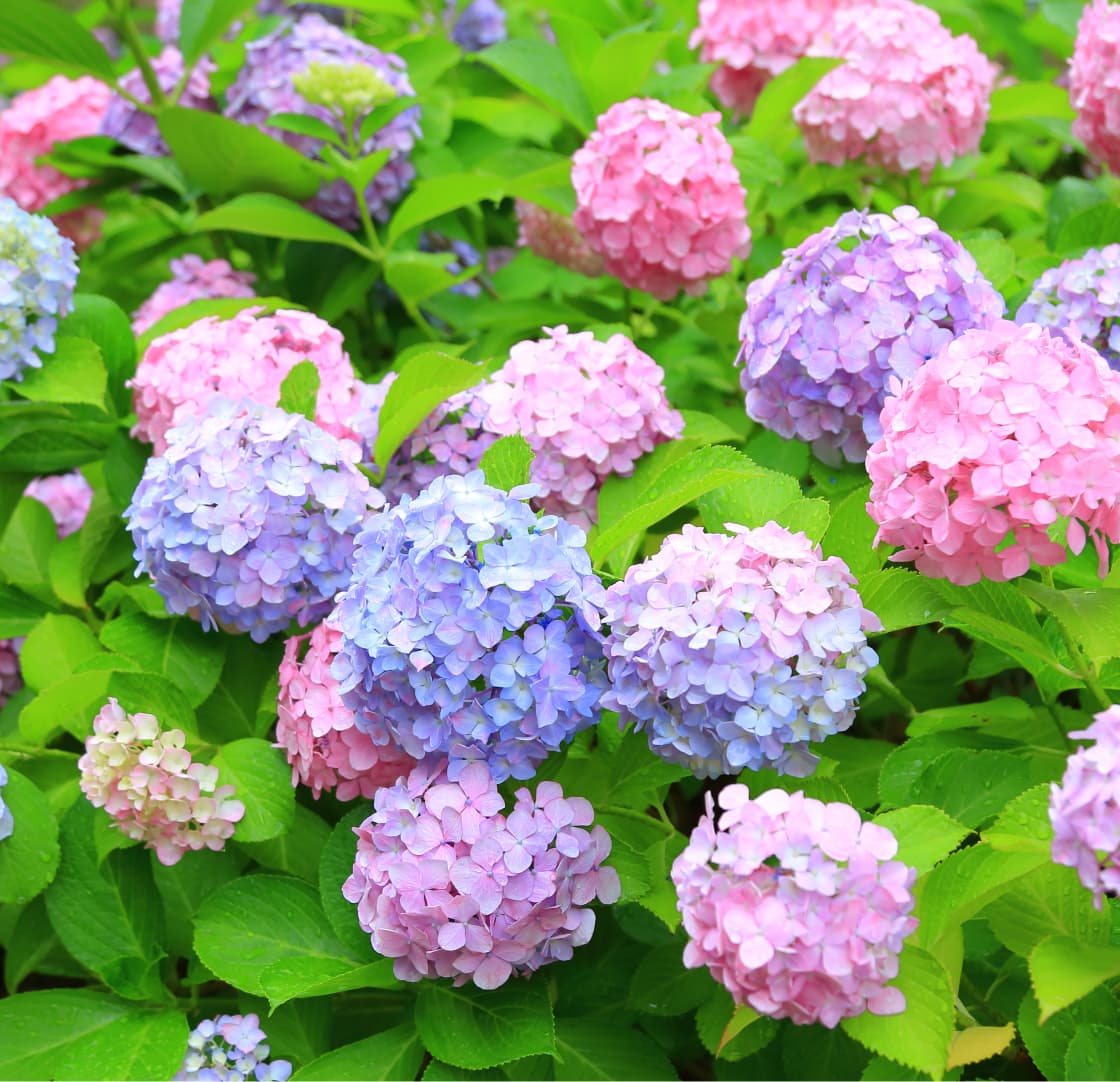
Thanks to the blessings provided by the rain, beautiful flowers bloom during this season. Hydrangeas, in particular, delight the eye with their vibrant colors and add color to the Japanese landscape during the rainy season. As the hydrangeas blThanks to the blessings provided by the rain, beautiful flowers bloom during this season. Hydrangeas, in particular, delight the eye with their vibrant colors and add color to the Japanese landscape during the rainy season. As the hydrangeas bloom, snails can be seen relaxing on them.oom, snails can be seen relaxing on them. In Japan, hydrangeas have long been cherished and are commonly seen in gardens and temples. Their appearance during the rainy season, in particular, carries a sense of elegance and is beloved by many. The color of hydrangea flowers changes depending on the acidity of the soil. In acidic soil, they turn blue, while in alkaline soil, they become pink or red. This means the same plant can display different hues depending on the soil's properties.
What’s Inside Box
-
Houjicha-warabimochi

Houjicha-warabimochi
-
Kurigeshiki

Kurigeshiki
-
Kyomatcha-dorayaki

Kyomatcha-dorayaki
-
Hanazono Monaka

Hanazono Monaka
-
Kobukura

Kobukura
-
Nanako Ichi

Nanako Ichi
-
Hokusai-okaki

Hokusai-okaki
-
Hare of Inaba

Hare of Inaba
-
Japanese stock karinto

Japanese stock karinto
-
Kirishima-tea

Kirishima-tea
-
Ujigyokuro sencha

Ujigyokuro sencha
CHOOSE YOUR PLAN
Japanese Snack Box
- Free shipping for the first subscription payment.
- Please see the shipping fee table provided in MORE INFORMATION on the Subscription page.
